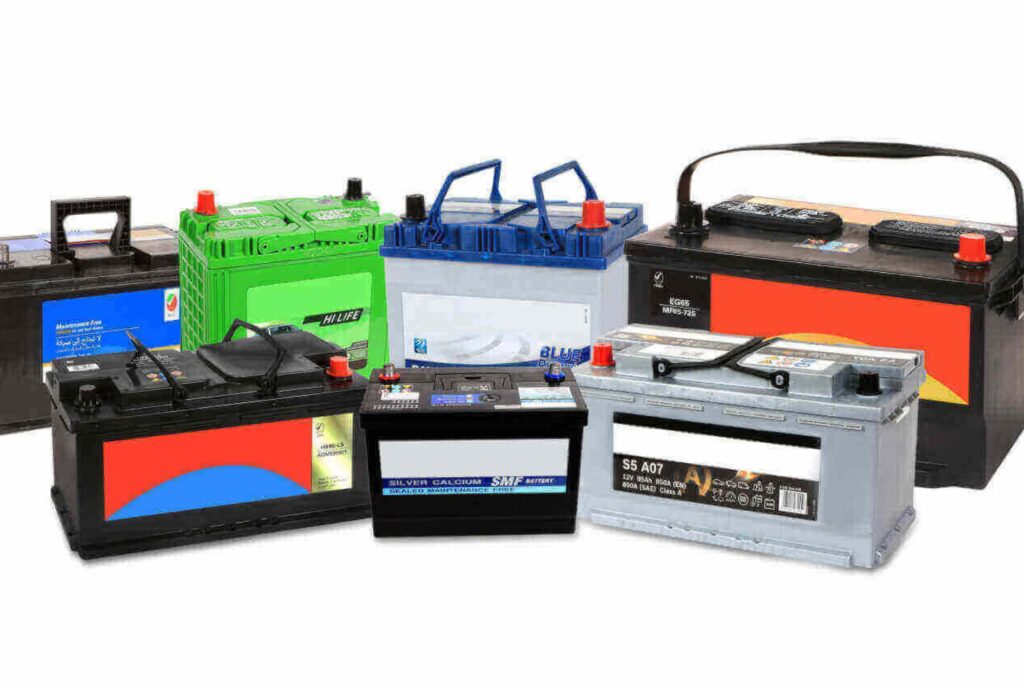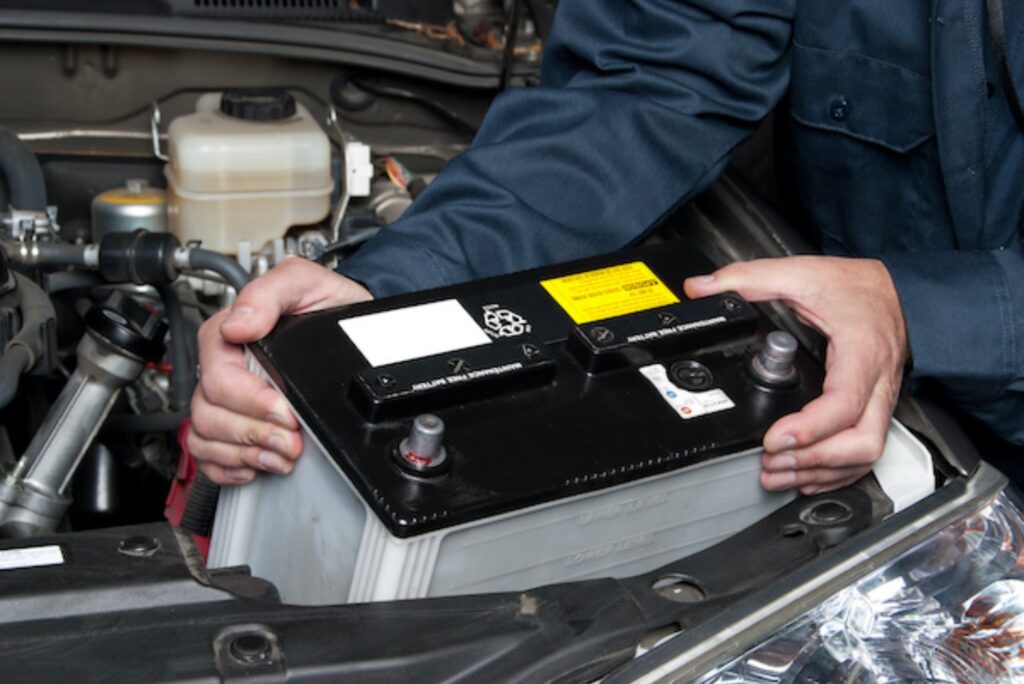Starting a car with a dead battery can be a daunting task, but with the right knowledge and tools, you can get back on the road without a hassle. This guide will walk you through the step-by-step process of jumpstarting your vehicle safely and efficiently.
Assess the Situation
The chassis of a vehicle is often described as its backbone, providing the structural foundation upon which the entire vehicle is built. Its anatomy encompasses several critical components that work together to ensure stability, support, and safety during operation. At the core of the chassis is the frame, typically constructed from materials like steel or aluminum, which forms the structural skeleton. This frame must be robust enough to withstand the forces exerted during driving while remaining lightweight to enhance performance and fuel efficiency.
Attached to the frame are the suspension system and the axles, which are vital for handling and ride comfort. The suspension system, comprising springs, shock absorbers, and various linkages, is designed to absorb shocks from uneven road surfaces, allowing the wheels to maintain contact with the ground.
This system significantly influences the vehicle’s handling characteristics, affecting cornering stability and ride quality. Axles, on the other hand, serve as the connection points for the wheels and are integral to transferring power from the engine to the ground, facilitating acceleration and braking.
Moreover, the chassis houses critical components such as the steering mechanism and braking system. The steering system is essential for maneuverability, translating the driver’s inputs into directional changes. Modern vehicles often utilize power steering systems that enhance ease of control, particularly at low speeds. The braking system, whether disc or drum, is crucial for safety, providing the necessary force to slow down or stop the vehicle effectively.
Additionally, the chassis may incorporate mounting points for the engine and transmission, ensuring that these powertrain components are securely attached while allowing for efficient operation. The design and layout of these elements are pivotal in achieving optimal weight distribution, which directly impacts handling dynamics and overall performance.
In summary, the anatomy of the chassis is a complex interplay of various components, each designed to fulfill specific roles that contribute to the vehicle’s overall functionality, safety, and performance. Understanding these elements is fundamental for automotive engineers and enthusiasts alike, as it lays the groundwork for innovations in vehicle design and technology.
Before attempting to jumpstart your car, it’s essential to assess the situation carefully. Determine whether the battery is genuinely dead or if there are other underlying issues causing the problem. Look for signs such as dim headlights, clicking sounds when you turn the key, or complete electrical failure.

Gather the Necessary Tools
To jumpstart your car, you’ll need a set of jumper cables and a functional vehicle with a charged battery. Make sure the donor vehicle is parked close enough to your car so that the jumper cables can reach both batteries comfortably.
Position the Vehicles
Once you have the necessary tools, position the vehicles so that they are facing each other, with their hoods open. Ensure that both cars are in park or neutral and that the ignition and all electrical accessories are turned off.
Connect the Jumper Cables
Next, you’ll need to connect the jumper cables to the batteries. How to Start a Car When the Battery Is Down Start by attaching one end of the red (positive) cable to the positive terminal of the dead battery. Then, connect the other end of the red cable to the positive terminal of the donor battery.
Start the Donor Vehicle
With the jumper cables connected, start the donor vehicle and let it run for a few minutes. This will allow the charged battery to transfer power to the dead battery, giving it the boost it needs to start your car.
Attempt to Start Your Car
After letting the donor vehicle run for a few minutes, try starting your car. If it starts successfully, leave it running for a while to allow the battery to recharge. If it doesn’t start, double-check the connections and try again.
Remove the JumperCables
Once your car has started, carefully remove the jumper cables in the reverse order that you attached them. Start by disconnecting the black (negative) cable from the donor vehicle’s battery, then the other end from your car’s battery. Repeat this process for the red (positive) cable.
Drive Your Car
After removing the jumper cables, drive your car for at least 15-20 minutes to ensure that the battery is fully charged. This will prevent the same issue from occurring again in the near future.
Knowing how to start a car when the battery is down is a valuable skill that every driver should possess. By following these simple steps, you can safely and effectively jumpstart your vehicle and get back on the road in no time.

Dublin Auto Spare Parts
When it comes to Dublin auto spare parts accept nothing but the best. Our extensive inventory includes genuine parts for all makes and models, ensuring compatibility and durability. Whether you need routine maintenance items or specialized components, we have what you need to keep your vehicle running smoothly. Shop with us for reliability, affordability, and unmatched customer service.
Tiago Car
Tiago car, manufactured by Tata Motors, is a popular choice among car buyers for its affordability, fuel efficiency, and stylish design. With its range of features and competitive pricing, the Tiago appeals to a wide audience looking for a reliable and budget-friendly vehicle.





